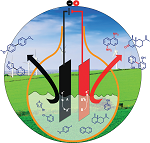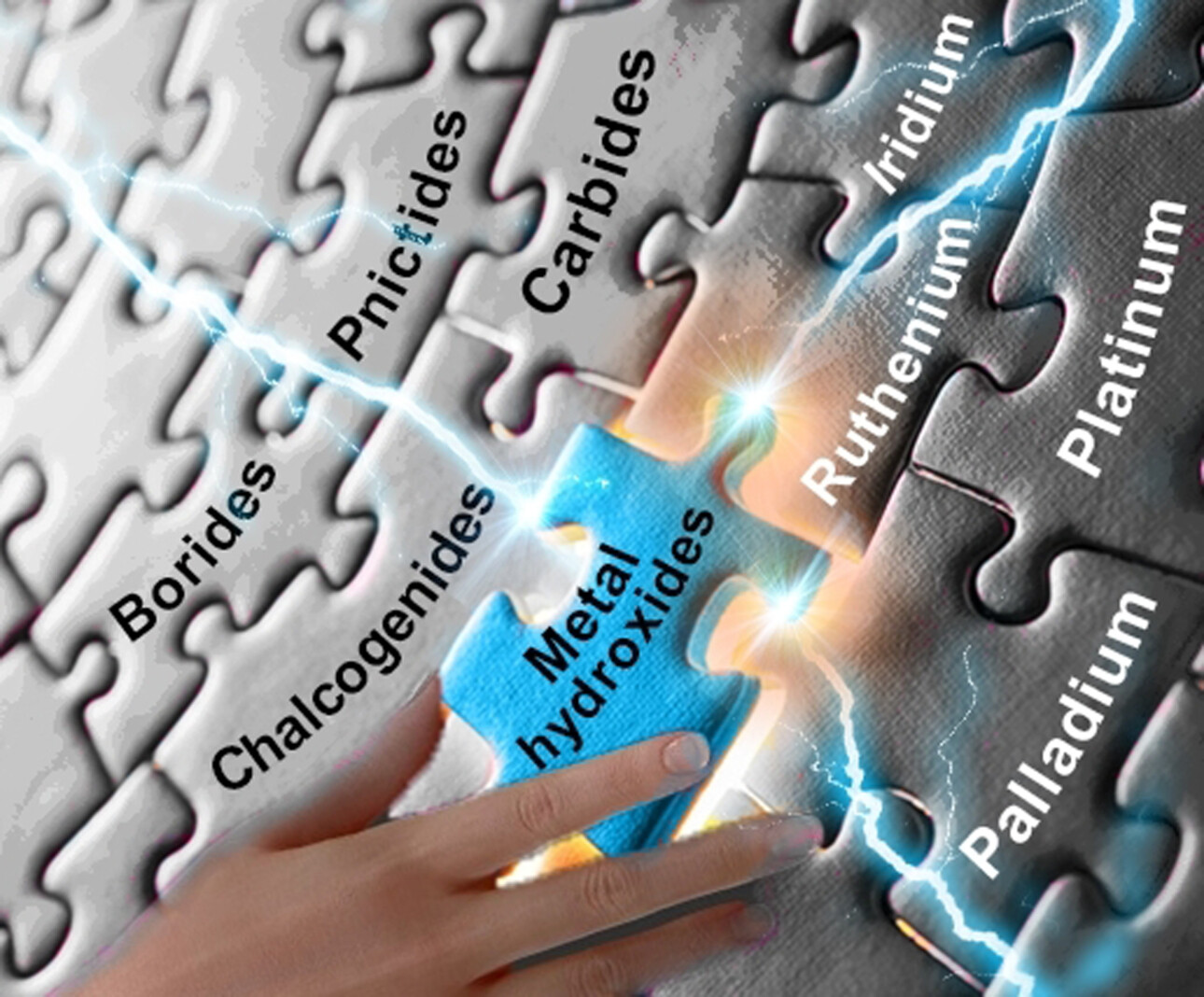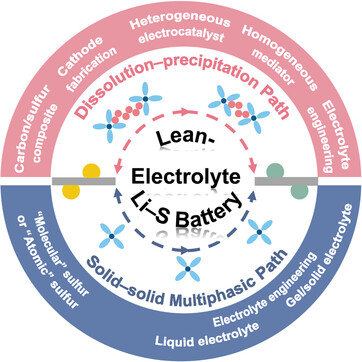Journal list menu
Export Citations
Download PDFs
Table of Contents
Synthetic Molecular Photoelectrochemistry: New Frontiers in Synthetic Applications, Mechanistic Insights and Scalability
- First Published: 03 September 2021
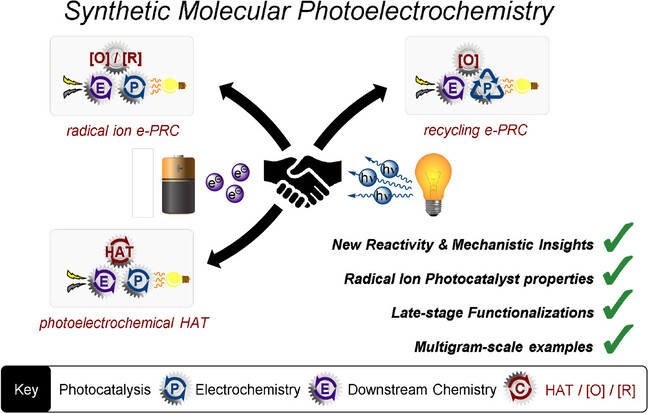
Synthetic photoelectrochemistry (PEC) offers new prospects for the generation and handling of reactive intermediates. PEC permits selective single-electron transfer (SET) reactions in a much greener way and broadens the redox window of possible transformations. This Review discusses the combination of PEC with other reactivity paradigms, scalability up to multigram scale, novel selectivities in SET super-oxidations/reductions and the importance of precomplexation.
Long-Range Interactions in Diatomic Catalysts Boosting Electrocatalysis
- First Published: 05 October 2022

Diatomic catalysts have attracted much attention, especially in electrochemistry. However, there have been no comprehensive reviews on long-range interactions (LRIs) between metallic centres. This Minireview introduces the key aspects of LRIs and highlights opportunities for regulating electrocatalytic mechanisms, thus presenting guidelines for the targeted usage of LRIs.
Strategies and Perspectives to Catch the Missing Pieces in Energy-Efficient Hydrogen Evolution Reaction in Alkaline Media
- First Published: 07 January 2021
Metal–Organic Framework Derived Bimetallic Materials for Electrochemical Energy Storage
- First Published: 10 September 2020

Bimetallic metal–organic frameworks (MOFs) have been applied as sacrificial templates or precursors in the preparation of derivatives that can be used in supercapacitors. Bimetallic MOFs and their derivatives can offer the advantages of improved electrochemical activity, convenient redox reactions, and high electrical conductivity, and are excellent candidates as advanced electrode materials.
Insight into Structural Evolution, Active Sites, and Stability of Heterogeneous Electrocatalysts
- First Published: 06 September 2021

Structural evolution is crucial to the development of active sites for renewable energy-conversion technologies involving heterogeneous electrocatalysis. In this Minireview, fundamental concepts related to structural evolution are described. A critical overview of multiple triggers, reversibility and operando characterizations is presented, and the application of structural evolution in important electrocatalytic reactions is presented.
Principles of Water Electrolysis and Recent Progress in Cobalt-, Nickel-, and Iron-Based Oxides for the Oxygen Evolution Reaction
- First Published: 17 June 2021

This Review describes the basic principles of water electrolysis, key aspects of the oxygen evolution reaction (OER), and significant criteria for the development of new catalysts. Recent advances in catalysts based on Co, Ni, and Fe oxides are described, and a brief perspective is given on green hydrogen production and the challenges of water electrolysis.
Design Strategies for High-Energy-Density Aqueous Zinc Batteries
- First Published: 01 February 2022
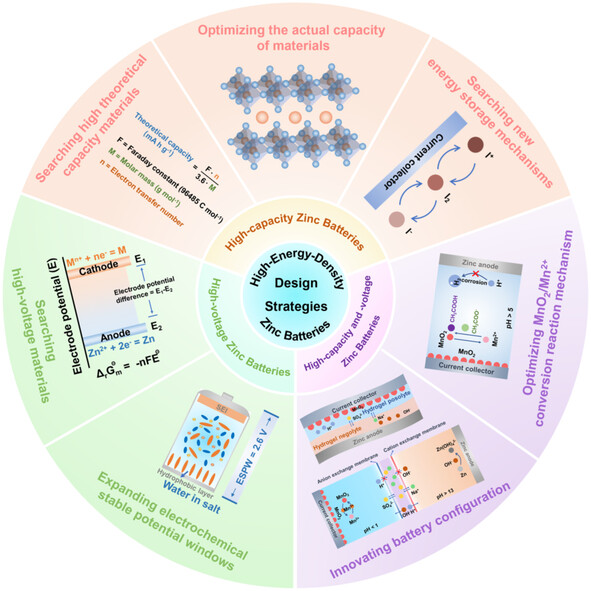
Safe, inexpensive aqueous zinc batteries are expected to play a vital role in the next-generation energy storage systems, but they currently display insufficient energy density. This Review articulates the design strategies effective in boosting the capacity, voltage, or both, highlights the challenges, and finally makes suggestions for future research directions.
Oxygen Reduction Electrocatalysts toward Practical Fuel Cells: Progress and Perspectives
- First Published: 02 February 2021
Advances and Challenges for the Electrochemical Reduction of CO2 to CO: From Fundamentals to Industrialization
- First Published: 16 April 2021
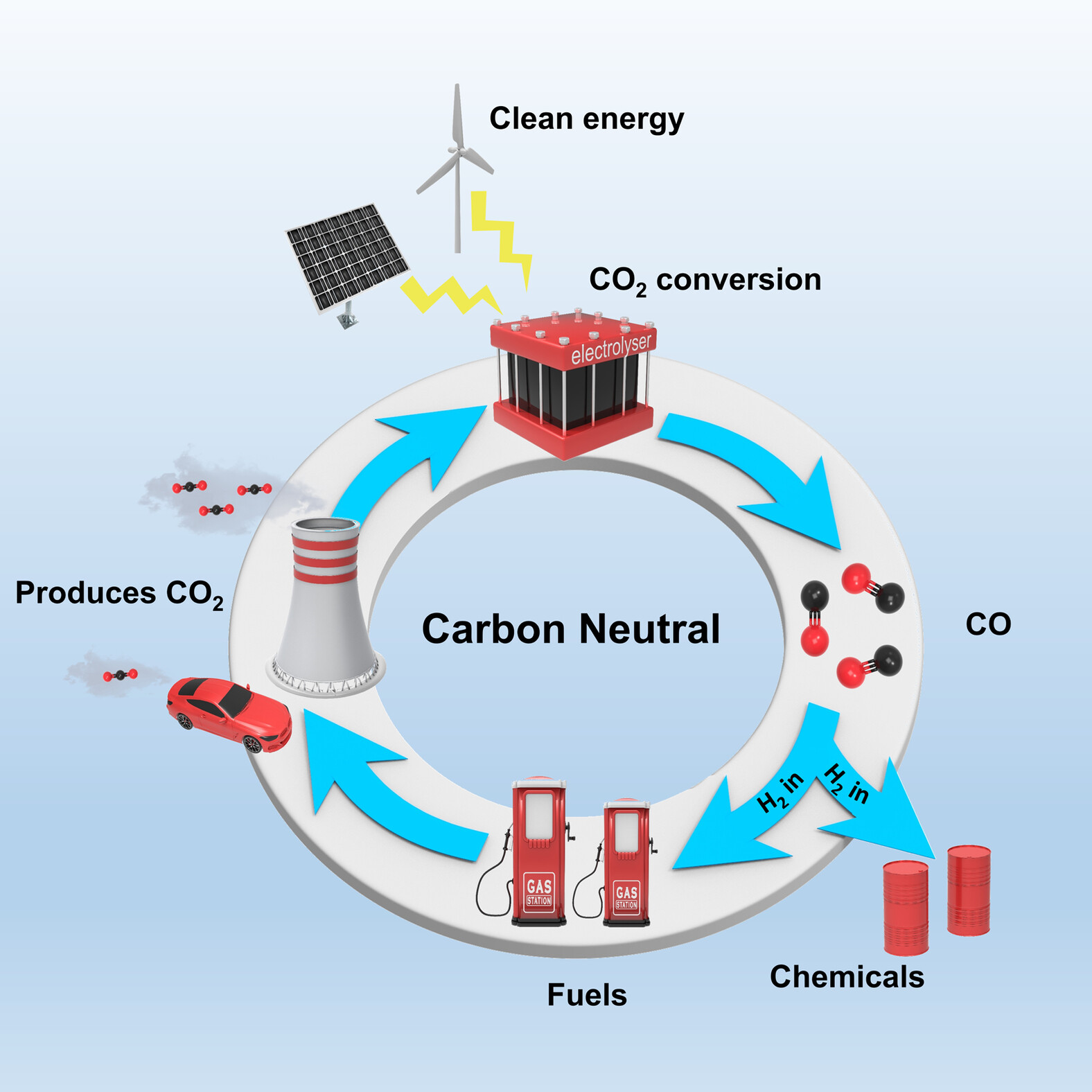
The selective electrochemical reduction of CO2 to CO provides a promising approach to realize a sustainable, carbon-neutral economy. This Review gives a comprehensive overview focusing on catalyst and electrolyte design, and their integration with electrolyzer technology towards industrial implementation. The current challenges in the commercial use of CO2 electrolysis to generate CO are also presented to enable future developments.
Electrocatalytic Refinery for Sustainable Production of Fuels and Chemicals
- First Published: 19 February 2021
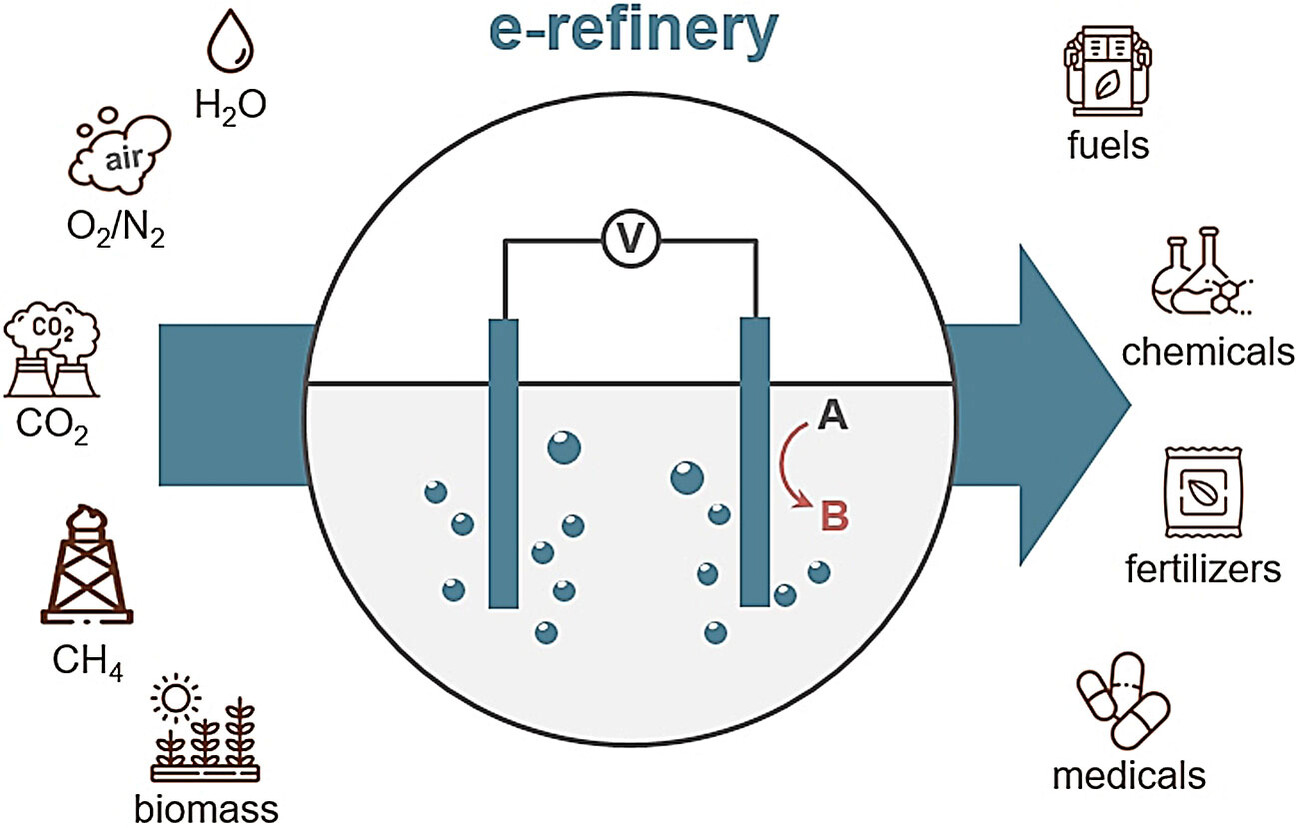
The concept of the electrocatalytic refinery (e-refinery) is an intrinsically sustainable strategy to convert renewable feedstocks and energy sources to transportable fuels and value-added chemicals. This Review describes the concept, fundamentals, and framework of e-refinery processes with some game-changing reactions and innovative catalyst design strategies.
A Comprehensive Review of Materials with Catalytic Effects in Li–S Batteries: Enhanced Redox Kinetics
- First Published: 09 May 2019
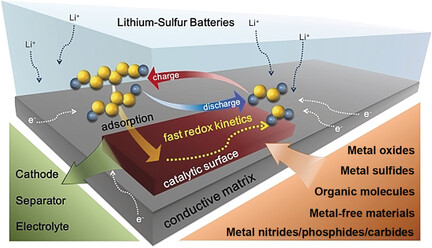
The inherent problems of lithium–sulfur batteries may be overcome through the development of new catalytic materials designed to accelerate the redox kinetics. Recent advances in the field of catalytic materials and the mechanistic understanding of their catalytic activity are provided in this Minireview.
Design Strategies for Vanadium-based Aqueous Zinc-Ion Batteries
- First Published: 02 May 2019
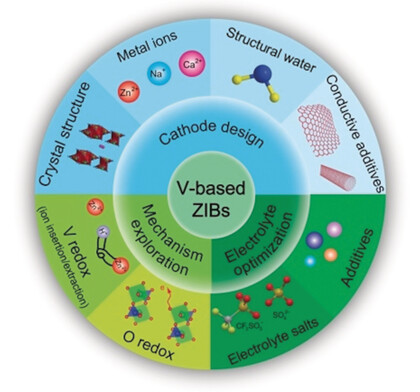
Vanadium-based compounds are widely implemented as cathodes for aqueous zinc-ion batteries (ZIBs) because of their low cost and high theoretical capacity. This Minireview presents a comprehensive overview of the energy storage mechanisms and structural features of various vanadium-based cathodes in ZIBs. Strategies for improving the electrochemical performance of vanadium-based cathodes are discussed.
Metal–Organic Frameworks Based Electrocatalysts for the Oxygen Reduction Reaction
- First Published: 17 September 2019
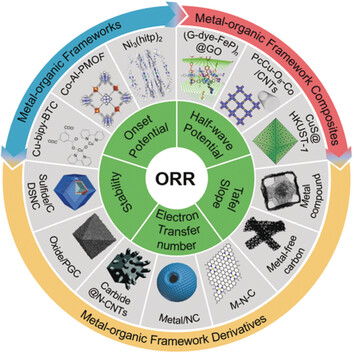
Despite the rapid developments in the past decade, many great challenges remain for the practical use of metal–organic frameworks (MOFs) based electrocatalysts. This Minireview summaries some major recent research efforts and advances on MOF-based electrocatalysts for the oxygen reduction reaction. Some promising directions and strategies are also discussed.
Intrinsic Electrocatalytic Activity Regulation of M–N–C Single-Atom Catalysts for the Oxygen Reduction Reaction
- First Published: 21 April 2020
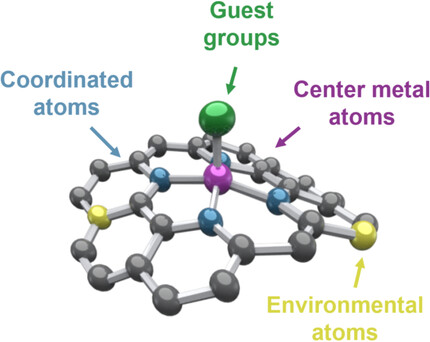
Regulation strategies for enhancing the intrinsic electrocatalytic oxygen reduction reaction activity of M–N–C single-atom catalysts are summarized in this review. Four components are considered in the optimization of the catalyst: the center metal atoms, the coordinated atoms, the environmental atoms, and the guest groups.
Interfacial Design of Dendrite-Free Zinc Anodes for Aqueous Zinc-Ion Batteries
- First Published: 02 March 2020

Electrons and ions: Aqueous zinc-ion batteries are promising candidates for the next-generation energy storage system. This Minireview summarizes the recent developments in the modification of the host–zinc and the zinc–electrolyte interfaces. Design strategies to fabricate dendrite-free zinc anodes by optimizing the interfacial electron and ion distribution are discussed.
Advances in the Cathode Materials for Lithium Rechargeable Batteries
- First Published: 29 April 2019
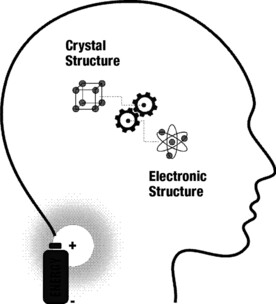
Cathode materials: Developing new types of cathode materials is the best way towards the next-generation of rechargeable lithium batteries. To achieve this goal, understanding the principles of the materials and recognizing the problems confronting the state-of-the-art cathode materials are essential prerequisites.
Challenges and Strategies for High-Energy Aqueous Electrolyte Rechargeable Batteries
- First Published: 27 April 2020
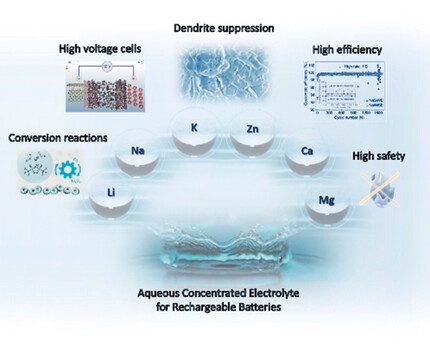
A matter of concentration: The latest ground-breaking advances and strategies of using concentrated electrolyte for aqueous batteries, are discussed. Emphasis is placed on aqueous batteries for lithium and post-lithium chemistries, with improved energy density, resulting from the unique properties of salt-concentrated electrolytes.
Strategies towards Low-Cost Dual-Ion Batteries with High Performance
- First Published: 13 March 2019
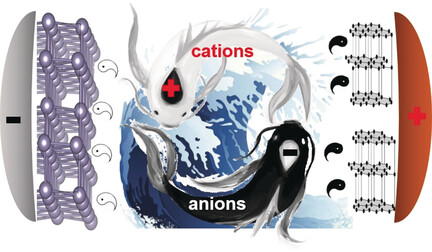
Beyond conventional batteries: This Review presents the development history and state of the art of DIBs and presents the reaction kinetics and corresponding critical issues including the various anionic intercalation mechanisms of cathodes, and the reactions at the anodes, including intercalation and alloying, to explore promising strategies towards low-cost DIBs with high performance.
Integration of Graphite and Silicon Anodes for the Commercialization of High-Energy Lithium-Ion Batteries
- First Published: 19 March 2019
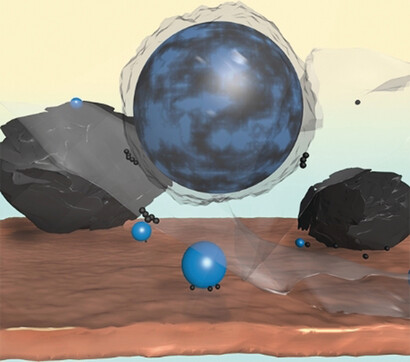
Why graphite and Si? The practical realization of Si anodes is still a big challenge, but the co-utilization of graphite and Si could solve this. This Review provides insight into the commercialization of Si anodes, emphasizing the necessity for the co-utilization of graphite and Si and the development of graphite/Si anodes as well as giving a detailed discussion on their electrochemical behavior and critical factors.
Lithium–Sulfur Batteries under Lean Electrolyte Conditions: Challenges and Opportunities
- First Published: 06 September 2019




